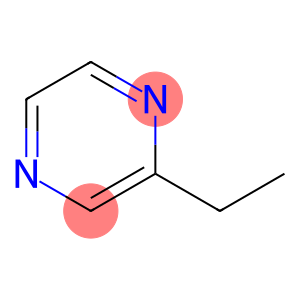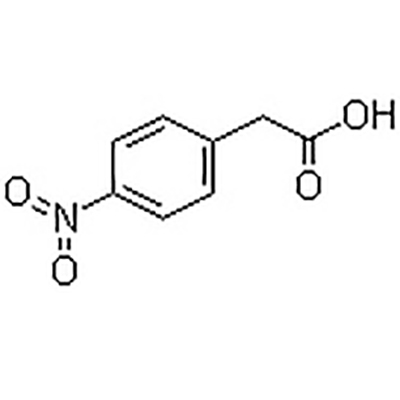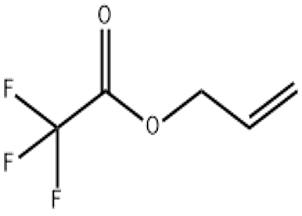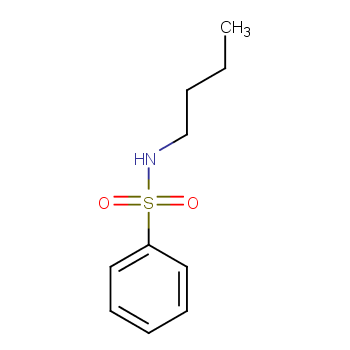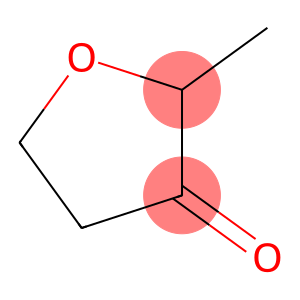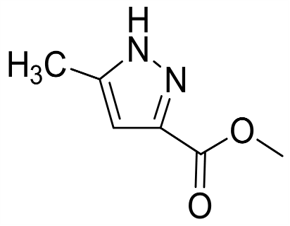2-Ethyl pyrazine(CAS#13925-00-3)
| Risk Codes | R10 – Flammable R41 – Risk of serious damage to eyes R37/38 – Irritating to respiratory system and skin. R22 – Harmful if swallowed |
| Safety Description | S16 – Keep away from sources of ignition. S39 – Wear eye / face protection. S26 – In case of contact with eyes, rinse immediately with plenty of water and seek medical advice. |
| UN IDs | UN 1993 3/PG 3 |
| WGK Germany | 3 |
| RTECS | UQ3330000 |
| TSCA | T |
| HS Code | 29339990 |
| Hazard Class | 3 |
| Packing Group | III |
Introduction
2-Ethylpyrazine is an organic compound. The following is an introduction to some of the compound’s properties, uses, preparation methods, and safety information:
Properties: 2-Ethylpyrazine is a colorless to pale yellow liquid with an aromatic odor similar to that of benzene rings. It is soluble in most organic solvents at room temperature, but almost insoluble in water.
Uses: 2-Ethylpyrazine can be used as a reagent and intermediate in organic synthesis. It can be used in organic synthesis to prepare a variety of compounds, such as pyrazoles, thiazoles, pyrazines, and benzothiophenes. It can also be used as a ligand for metal complexes and the synthesis of dyes.
Preparation method: There are two main preparation methods for 2-ethylpyrazine. One is prepared by the reaction of methylpyrazine with vinyl compounds. The other is prepared by the reaction of 2-bromoethane and pyrazine.
Safety information: 2-ethylpyrazine generally has low toxicity under normal use conditions. As an organic compound, it still needs to be handled with caution. When in contact with skin and eyes, it should be rinsed with plenty of water in time. Inhalation of its vapors should be avoided when in use to ensure a well-ventilated working environment. It should also be stored in a cool, dry, ventilated place and avoid contact with oxidants, acids, and reducing agents.


